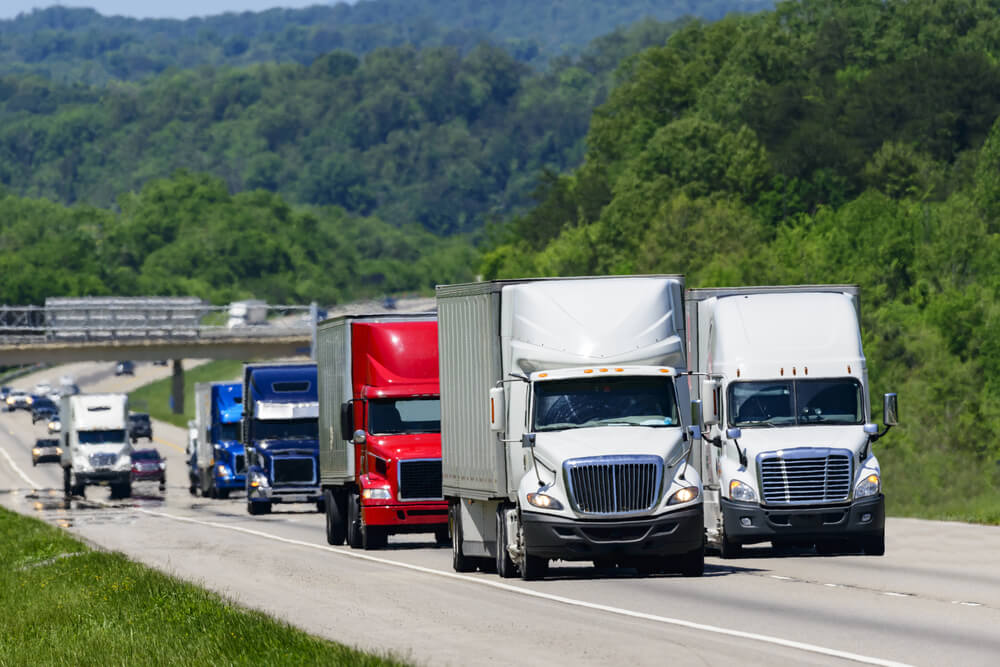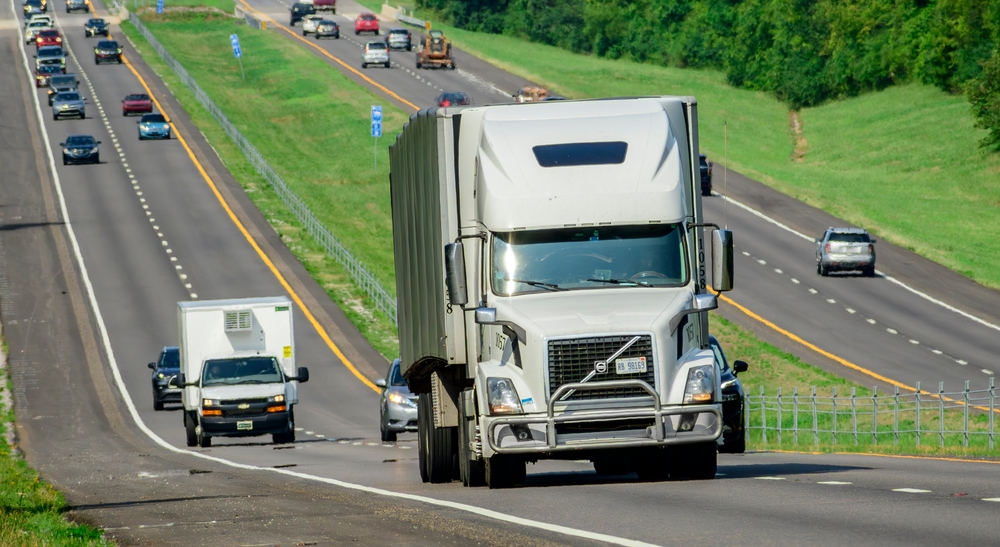
Given the supply chain snarls that plagued container ports, one would anticipate railroads would be breaking freight hauling records. But recent reports indicate trucks surged as the preferred method of transportation.
STG Logistics CEO Paul Svindland recently went on the record stating that railroads “should be seizing the day and winning more business.” Boots on the ground facts tell a very different story.
Intermodal transports were reportedly down by upwards of 12 percent through mid-February after sustaining a significant downturn during the last six months of 2021, according to the Association of American Railroads. Logistics insiders attribute the shift away from intermodal transport in the U.S. to retailers scrambling to bring goods to market before the gift-giving holidays.
Those are reasonable assumptions in the context of earlier supply chain disruptions. The ports of Long Beach and Los Angeles made national news as more than 110 ships idled off the coast. By mid-February, ports officials reported making significant strides in moving containers. The number of idling ships at the time of the Association of American Railroads data had only declined to 78 cargo vessels.
“If they’re waiting for days and weeks to get product out of the port and into their warehouse, they’re looking for the fastest way to do that, and ultimately that is almost exclusively by truck,” C.H. Robinson Worldwide Inc. CEO Bob Biesterfeld reportedly said.
Lack of agility and logjams are why intermodal loads have largely declined since peaking at 293,488 in April 2021. By December, intermodal loads hit a low-water mark not experienced since the pandemic shutdown during spring of 2020. A sluggish fourth quarter in 2021 and only a modest rebound has intermodal insiders cautiously optimistic the industry will bounce back.
“But given external forces largely driven by the ongoing pandemic, such as terminal congestion, equipment shortages and dislocation, and continued labor challenges, it is an accomplishment for intermodal to end the year with volume increases,” Intermodal Association of North America CEO Joni Casey reportedly said. “As the business cycle hopefully settles into a new rhythm, the expectations are that staffing will return to an equilibrium as well. But our crystal ball is cloudy as far as the specifics of ‘when.’ It’s a global supply chain, and the virus is still in charge.”
Reports indicate that intermodal transportation has sustained losses upwards of 30,000 OTR loads per week since the pandemic started. And spot-market capacity from Los Angeles and Chicago surged by 130 percent compared to February 2021, and 59 percent year-over-year, according to DAT Solutions.
While the federal government tries to onboard a more diverse and younger truck driving workforce, CDL holders remain in the driver’s seat. Rarely have truckers been more in demand and experienced a willingness of freight carriers to pay salary premiums.
Sources: wsj.com, logisticsmgmt.com, wsj.com











At least trucks pick up something at the rail yard